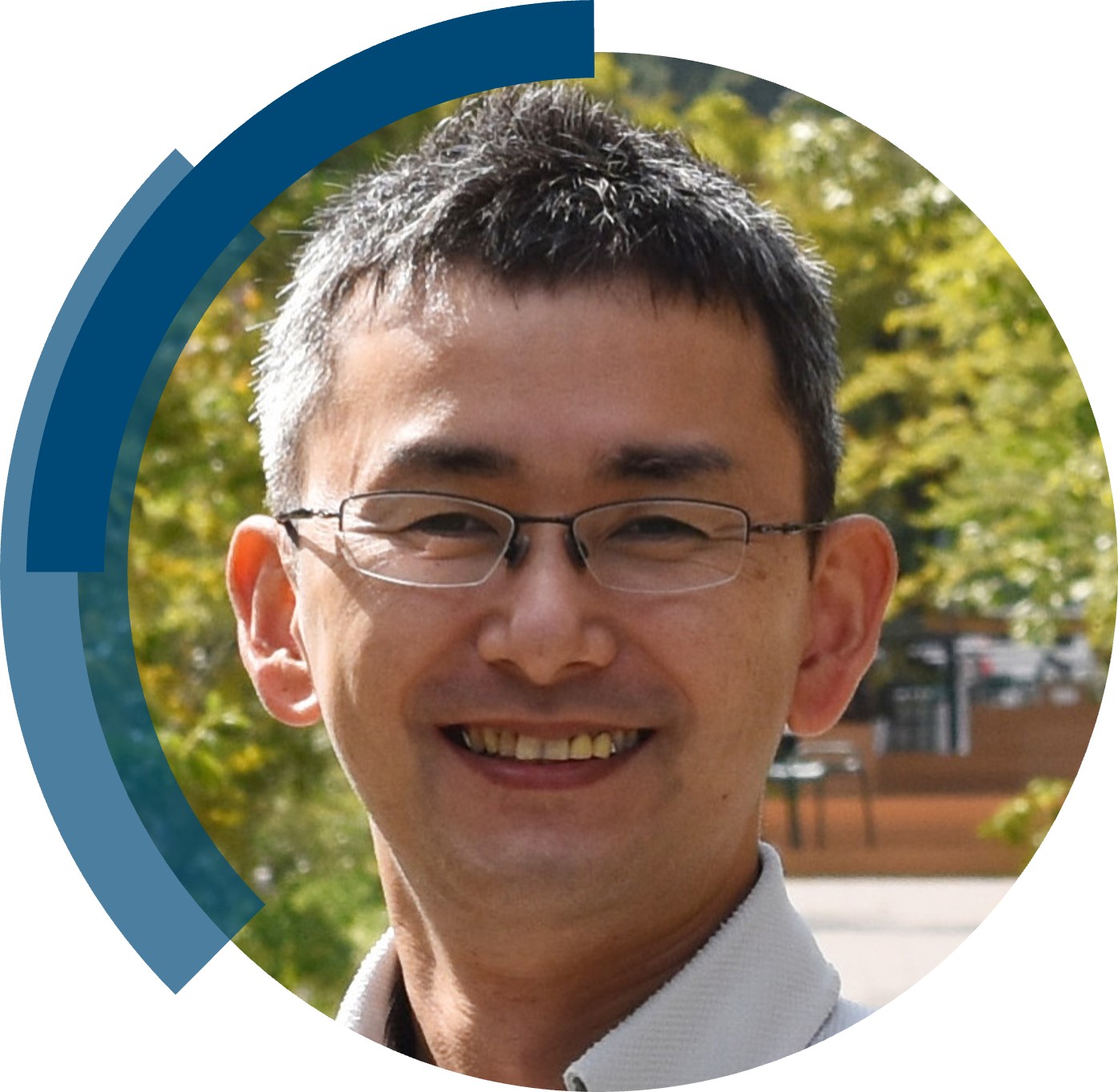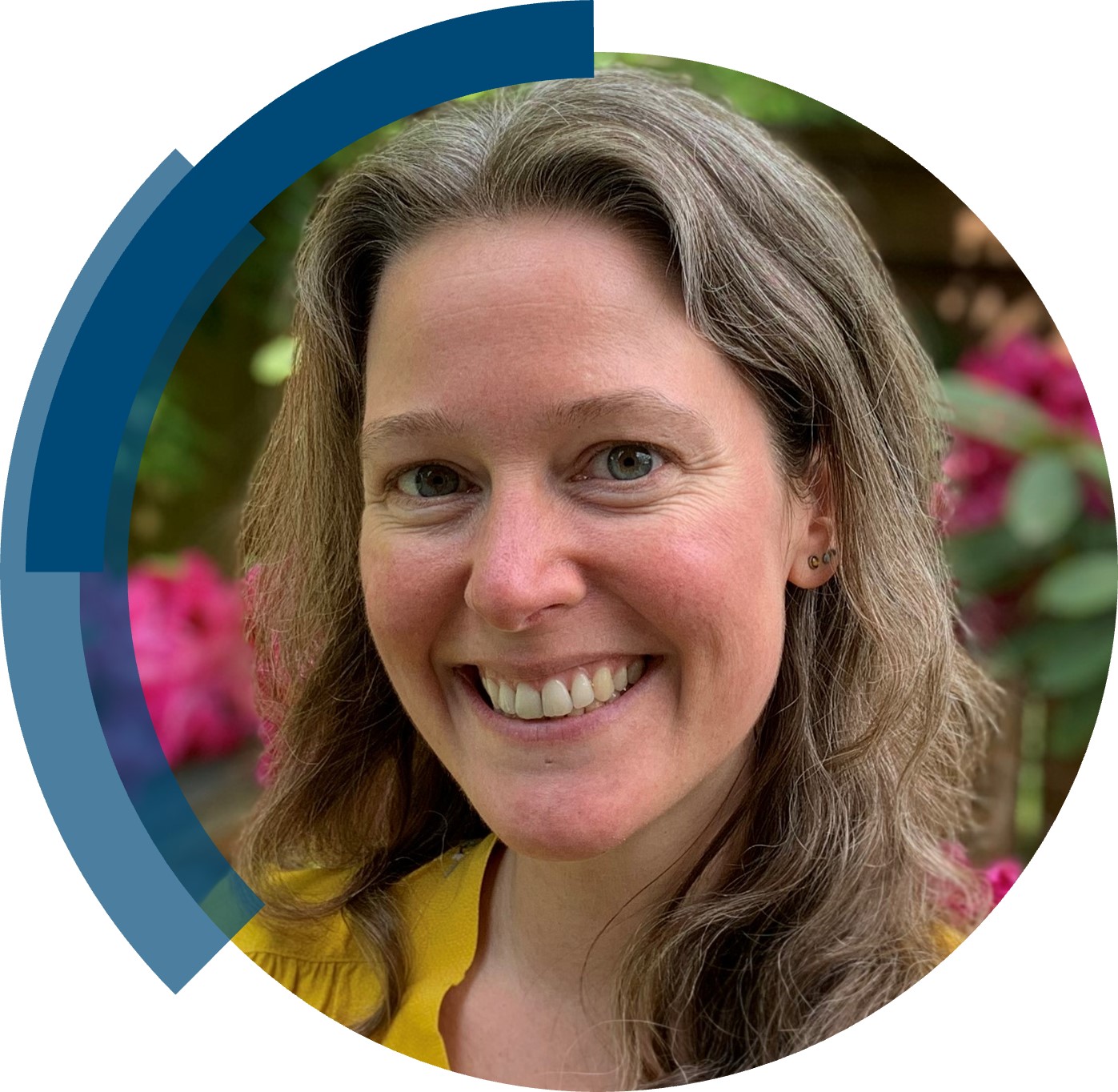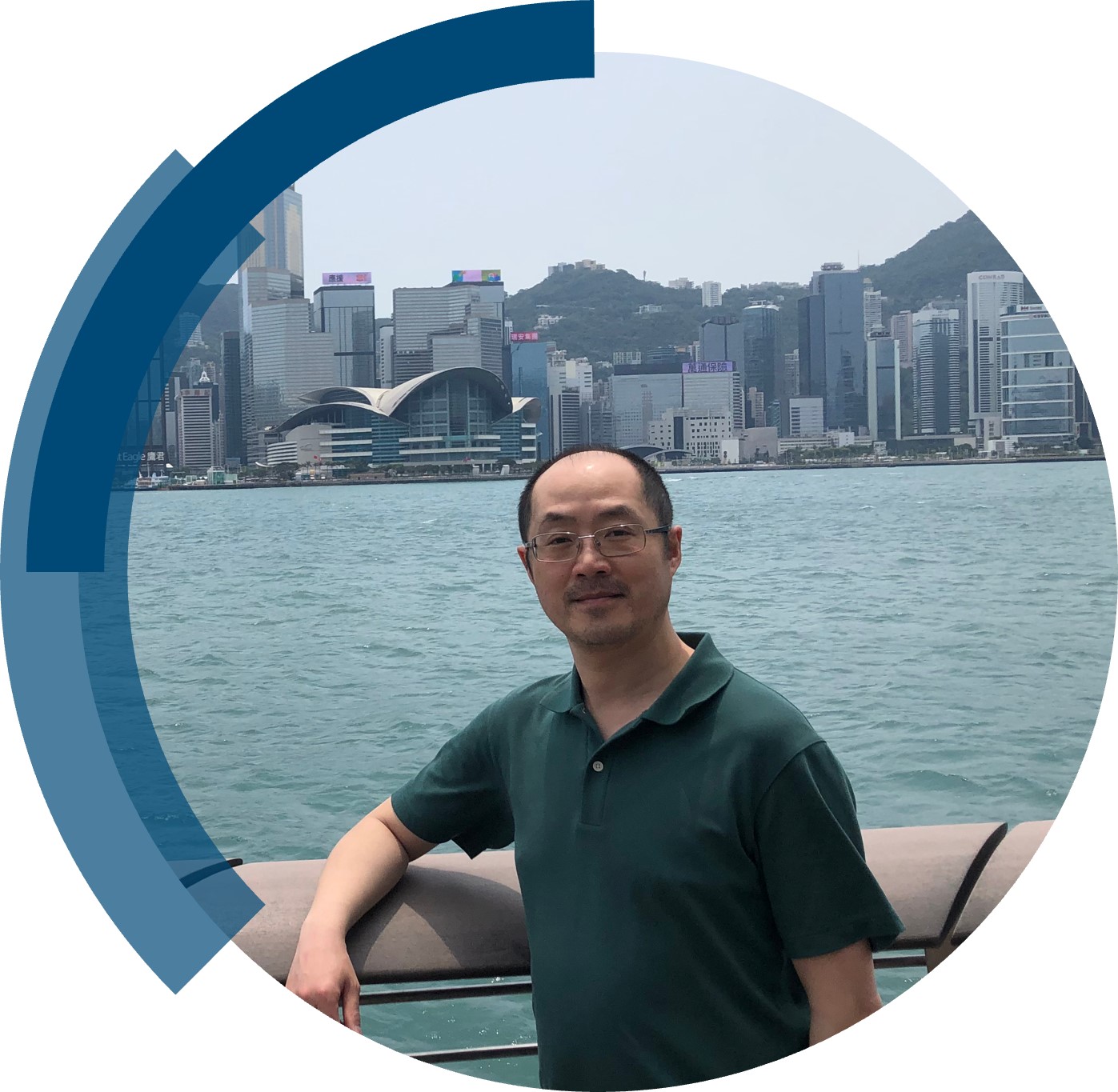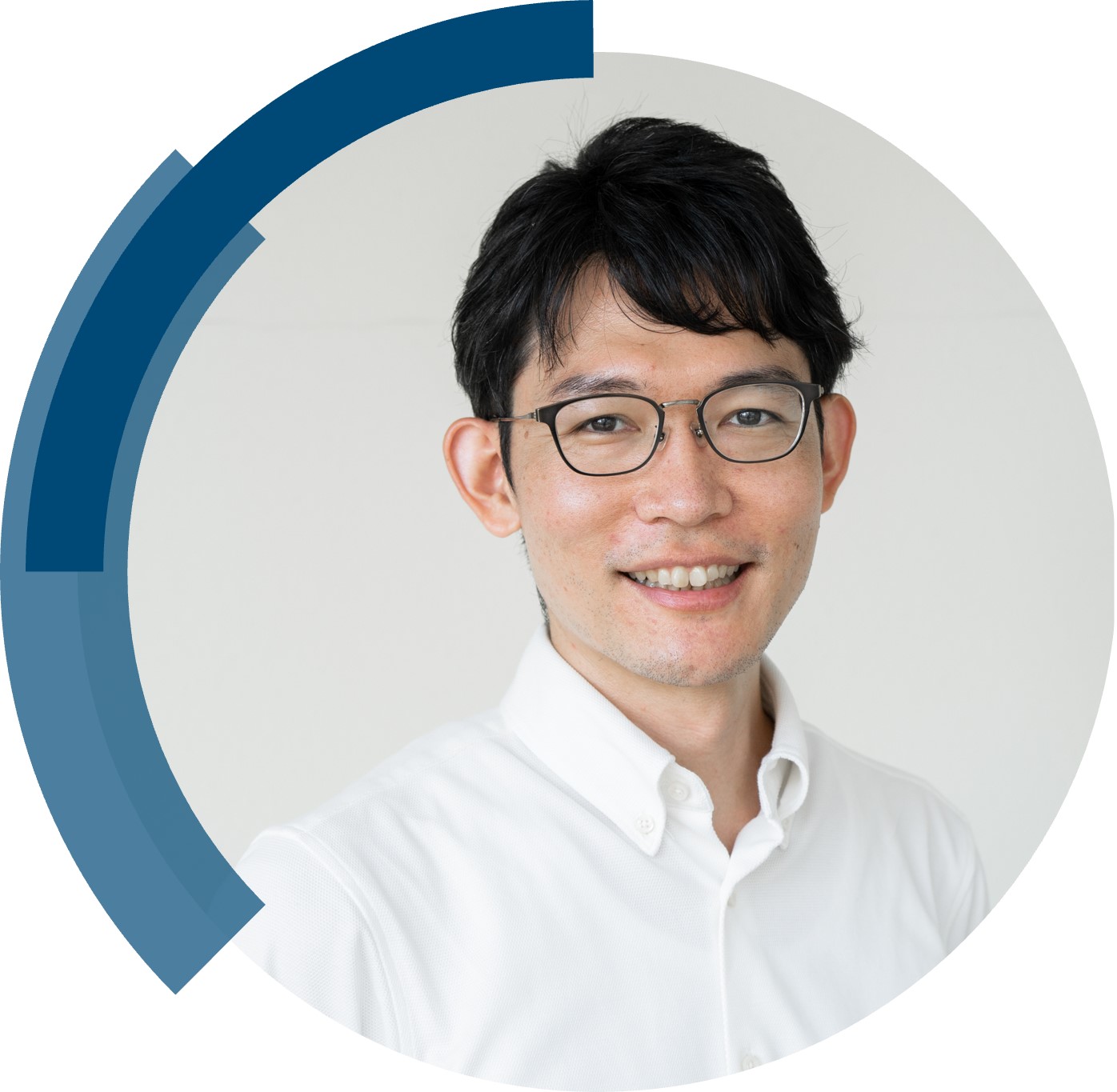ChemComm is publishing its 60th volume in 2024. Over the past 60 years, ChemComm has been the RSC’s most cited journal, and one of the most trusted venues for rapid publication of short communications. In our anniversary year, we recognise the important contributions ChemComm has made, and continues to make, in advancing the chemical sciences.
As part of our anniversary celebrations, we’ve brought together a collection featuring the latest research from some of our most loyal and dedicated authors. From those marking the beginning of their independent academic career by publishing their first article with us, to the rising stars and established leaders publishing in our yearly ‘Emerging Investigators’ and ‘Pioneering Investigators’ collections, this collection champions the contributions of our worldwide author community. We are proud many authors choose to support our journal by regularly publishing their best work with us. This collection also features papers from our ChemComm Emerging Investigator Lectureship winners, and our Outstanding Reviewer awardees, whose invaluable feedback has shaped our published content through the years.
To accompany the collection, we’ll be publishing interviews with contributing authors where they provide further insight into their research and reflect on their journey with ChemComm.
Check out our interview with Professor Zhiyong Tang (National Center for Nanoscience and Technology, China) below!
What is your favourite thing about ChemComm?
My favorite thing about ChemComm is its ability to provide a powerful platform for the rapid communication of cutting-edge research in the field of chemistry. The journal’s emphasis on concise and impactful reports ensures that groundbreaking discoveries are promptly shared with the scientific community, fostering collaboration and innovation.
In what ways do you think ChemComm stands out among other journals in your field?
ChemComm stands out among journals in the field due to its long history of publishing groundbreaking research that has significantly impacted chemistry. For instance, the first proposals of graphdiyne and aggregation-induced emission (AIE), which revolutionized materials science and photophysics, were both published in ChemComm. This ability to highlight and share high-impact research swiftly and broadly distinguishes ChemComm from other journals.
How would you describe the peer review process and interaction with the editorial team at ChemComm?
The peer review process at ChemComm is thorough and constructive, ensuring that the published research meets high scientific standards. Interactions with the editorial team are professional, characterized by clear communication and prompt responses, which facilitate a smooth and efficient publication process.
Could you provide a brief summary of your recent ChemComm publication?
In our recent ChemComm publication, we discuss the advantages of various oxidation methods for improved performance of the electrochemical oxidation of ethylene and propylene, and provides an overview of current challenges and problems requiring further efforts.
In your opinion, what are the next steps or potential areas of research that could build upon the findings in the paper?
The next steps involve optimizing the catalyst’s performance and scalability for industrial applications. Further research could focus on understanding the reaction mechanisms in greater detail through in-situ characterization techniques and computational modeling. Additionally, exploring the catalyst’s applicability to other substrates and reactions could open new avenues for sustainable chemical synthesis.
Be sure to read Prof Tang’s article, “Electrifying oxidation of ethylene and propylene” to learn more!





















